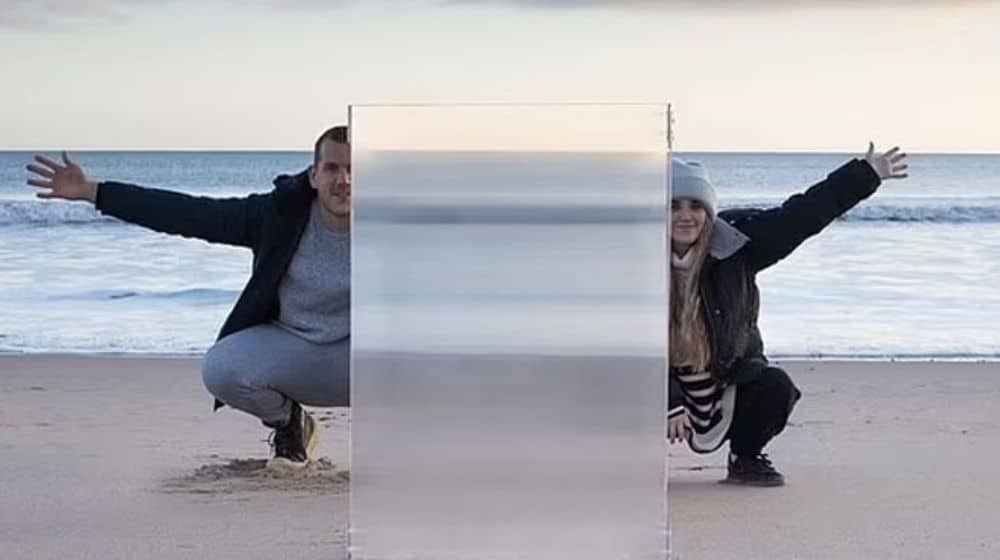From Star Trek to Harry Potter, invisibility cloaks have been one of the most popular features of sci-fi blockbusters for years. Now it looks like this futuristic tech is well on its way to becoming a successful reality.
According to reports a UK-based startup, Invisibility Shield Co, has developed a shield that uses a special lens array to redirect light, rendering any objects or people hiding behind it ‘invisible’. The company has so far developed 25 fully functional shields and the team is working tirelessly to produce more of them.
In an official statement, the team explained the reason for kickstarting such a unique project:
Disappointed by the lack of progress and the continued unavailability of actual working invisibility shields, we decided to step things up and go all in on our project to create one.
How Does the Invisibility Shield Work?
It uses a special lens array to direct much of the light reflected from the object hiding behind it away from the observer, directing it sideways across the face of the shield towards left and right. Hence, due to the vertically oriented lenses in this array, the vertically oriented strip of light reflected by the standing subject quickly diffuses when it spreads out horizontally on passing through the back of the shield.
The team explained how this phenomenon renders the object invisible:
In contrast, the light reflected from the background is much brighter and wider, so when it passes through the back of the shield, far more of it is refracted both across the shield and towards the observer.
Meanwhile, from the observer’s perspective, the background light is ‘smeared’ horizontally across the shield, blocking out the area where the subject would usually be seen, hence making it ‘invisible’ to our eyes.
The team tested a variety of different lenses with varying angles, depths, profiles, and separation distances, to develop the final iteration of the shield. The final configuration features a pair of elongated, convex lenses running in parallel across a polymer sheet. As per the team, the shields perform best against a uniform background, such as grass, foliage, sand, and sky.





















